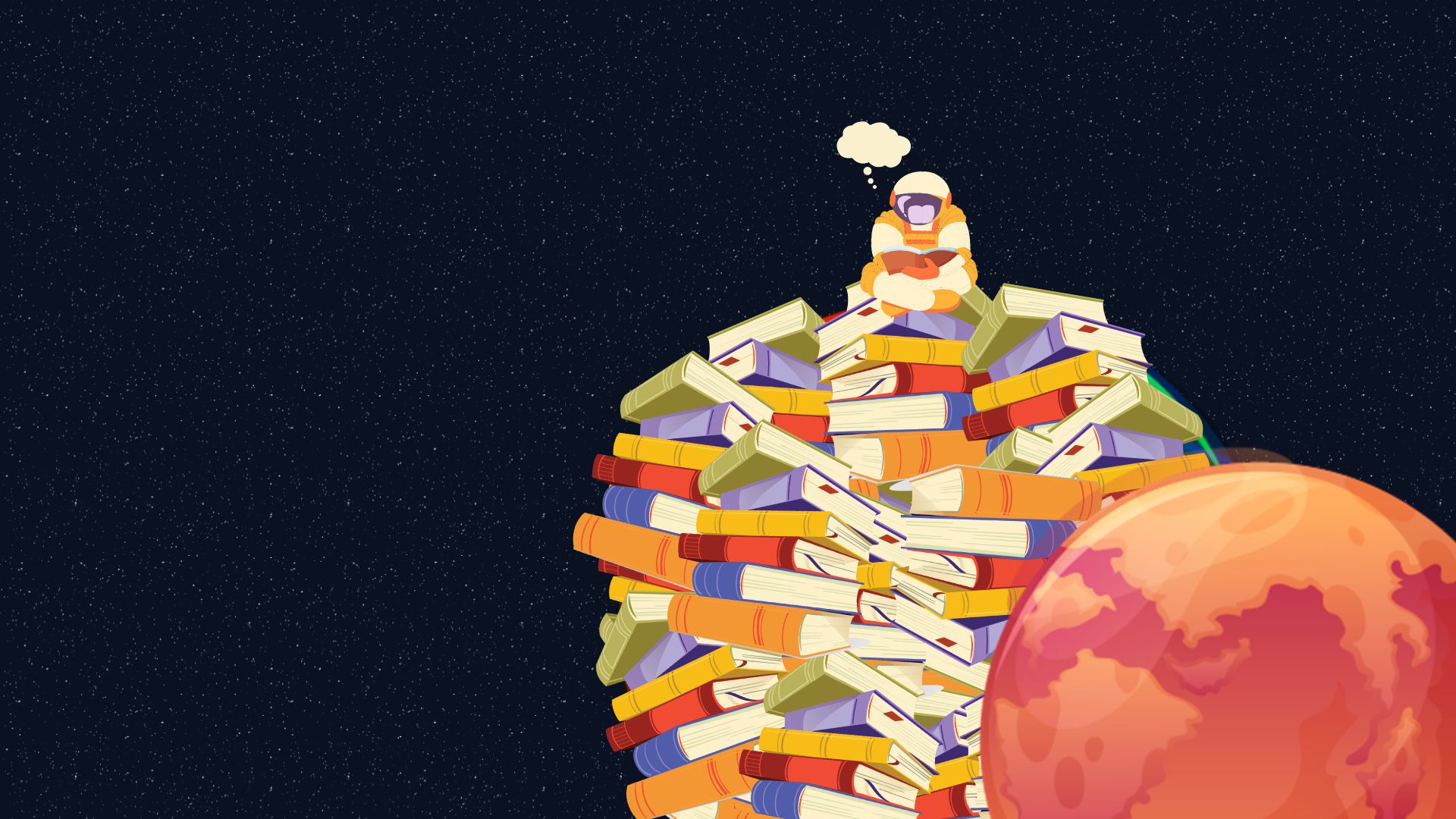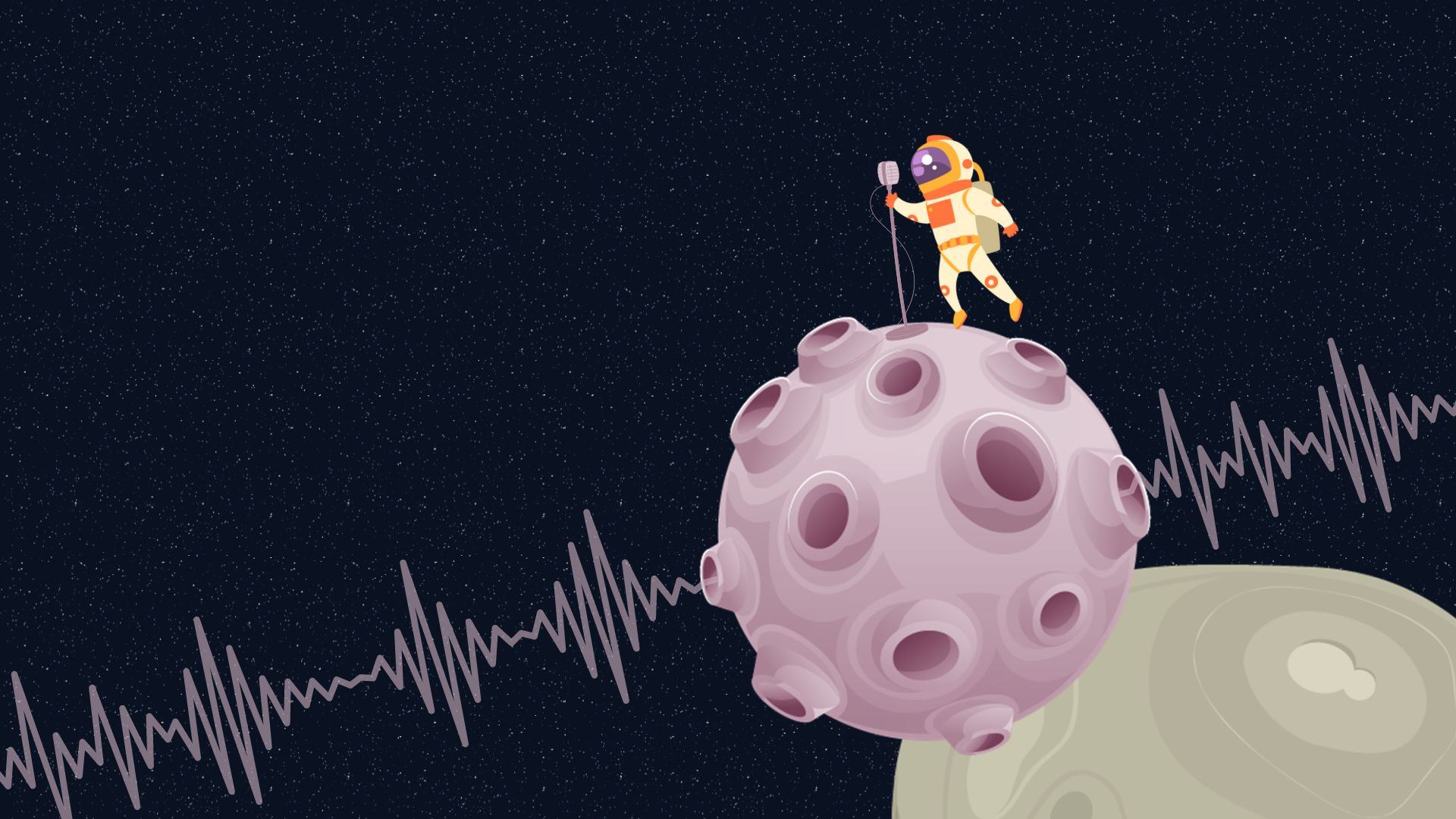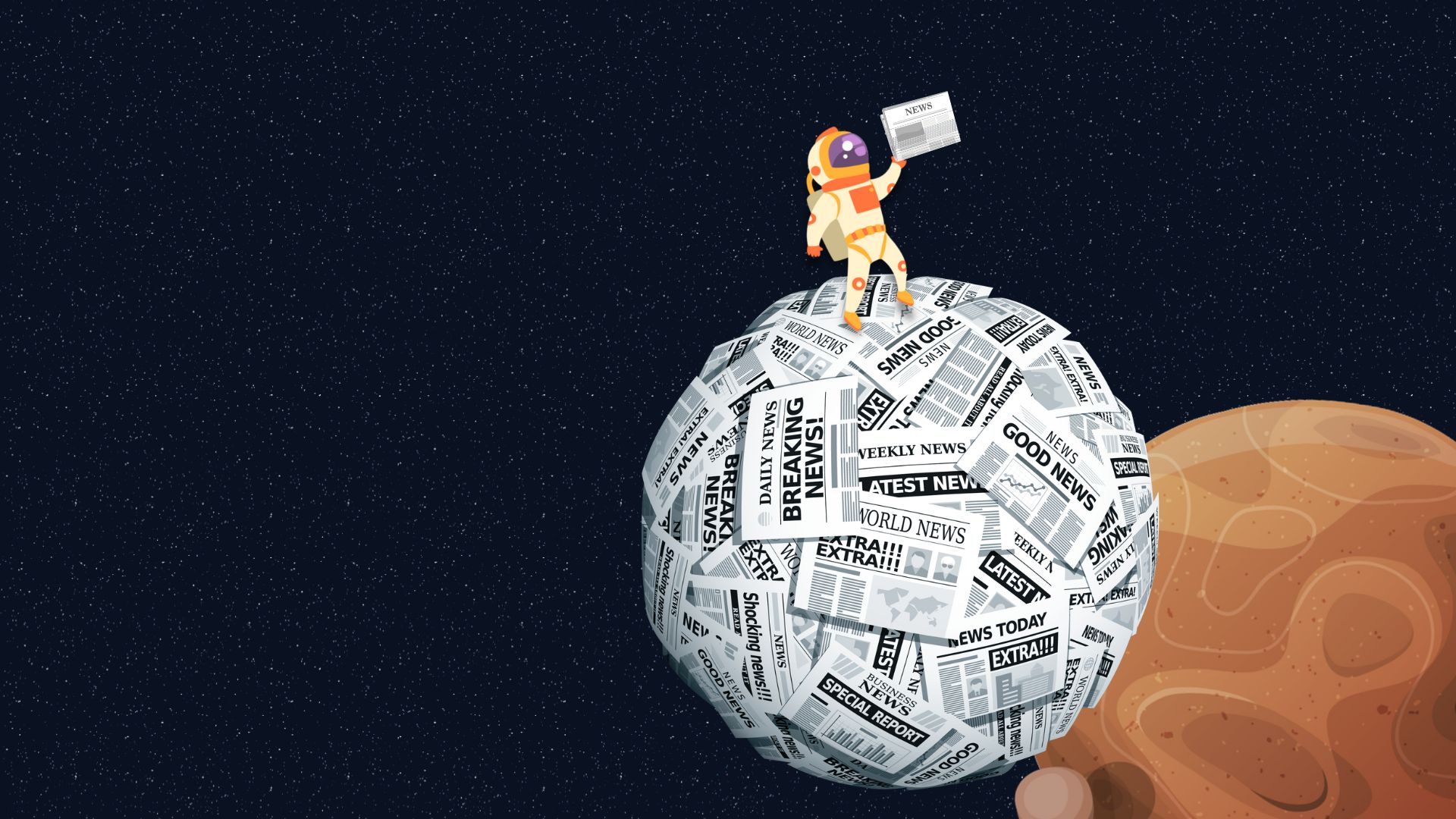Poetry is a versatile and powerful art form that has been inspired and influenced by other creative expressions throughout history. In this blog post, we explore the myriad ways in which poetry has merged with various art forms, such as visual arts, music, dance, cinema, and theatre, to enrich our cultural landscape. The interplay between these disciplines has led to innovative and evocative works of art, proving that the boundaries between them are anything but rigid.
The Visual Arts: Paintings, Sculptures, and Photography
One of the earliest instances of the symbiosis between poetry and visual arts is the ancient Greek practice of ekphrasis, where poets would describe or interpret a visual artwork through words. Today, this tradition lives on, with contemporary poets finding inspiration in paintings, sculptures, and photographs. The fusion of these art forms has given rise to new genres, such as concrete poetry, where typography and visual design play a significant role in conveying meaning.
The Rhythms and Melodies: Music and Poetry
The relationship between poetry and music goes back centuries, with the two often intertwined in the creation of songs, hymns, and ballads. Poets have drawn inspiration from the melodies, harmonies, and rhythms of music, while musicians have turned to poetry for lyrics and thematic ideas. The result is a rich tapestry of interdisciplinary art, where the expressive power of words is amplified by the emotive qualities of music.
The Dance of Words: Choreographing Poetry
Dance and poetry share a common language in terms of rhythm, movement, and emotion. As such, it is no surprise that the two art forms have inspired one another throughout history. Poets have written verses that capture the essence of dance, while choreographers have interpreted poetry through movement. This collaboration has led to the creation of captivating performances that evoke the beauty and power of the written word.
Lights, Camera, Verses: Poetry and Cinema
Cinema and poetry may seem like unlikely bedfellows, but the two have a long history of mutual inspiration. Filmmakers have turned to poetry as a source of thematic and narrative ideas, while poets have found inspiration in the imagery, symbolism, and storytelling techniques of film. The intersection of these art forms has given rise to poetic films and filmic poetry, blurring the lines between the two disciplines.
The Dramatic Verse: Theatre and Poetry
Theatre, like poetry, is an art form that relies heavily on language, making the two a natural fit. Playwrights have long incorporated verse into their scripts, from Shakespeare’s iambic pentameter to modern spoken word performances. Poetry has also been used to explore and challenge theatrical conventions, pushing the boundaries of what can be achieved on stage.
In conclusion, the influence of other art forms on poetry has led to a rich and vibrant creative landscape where disciplines merge, inspire, and challenge one another. By exploring these connections, we gain a deeper appreciation for the power of poetry and the boundless possibilities it presents in collaboration with other art forms.



